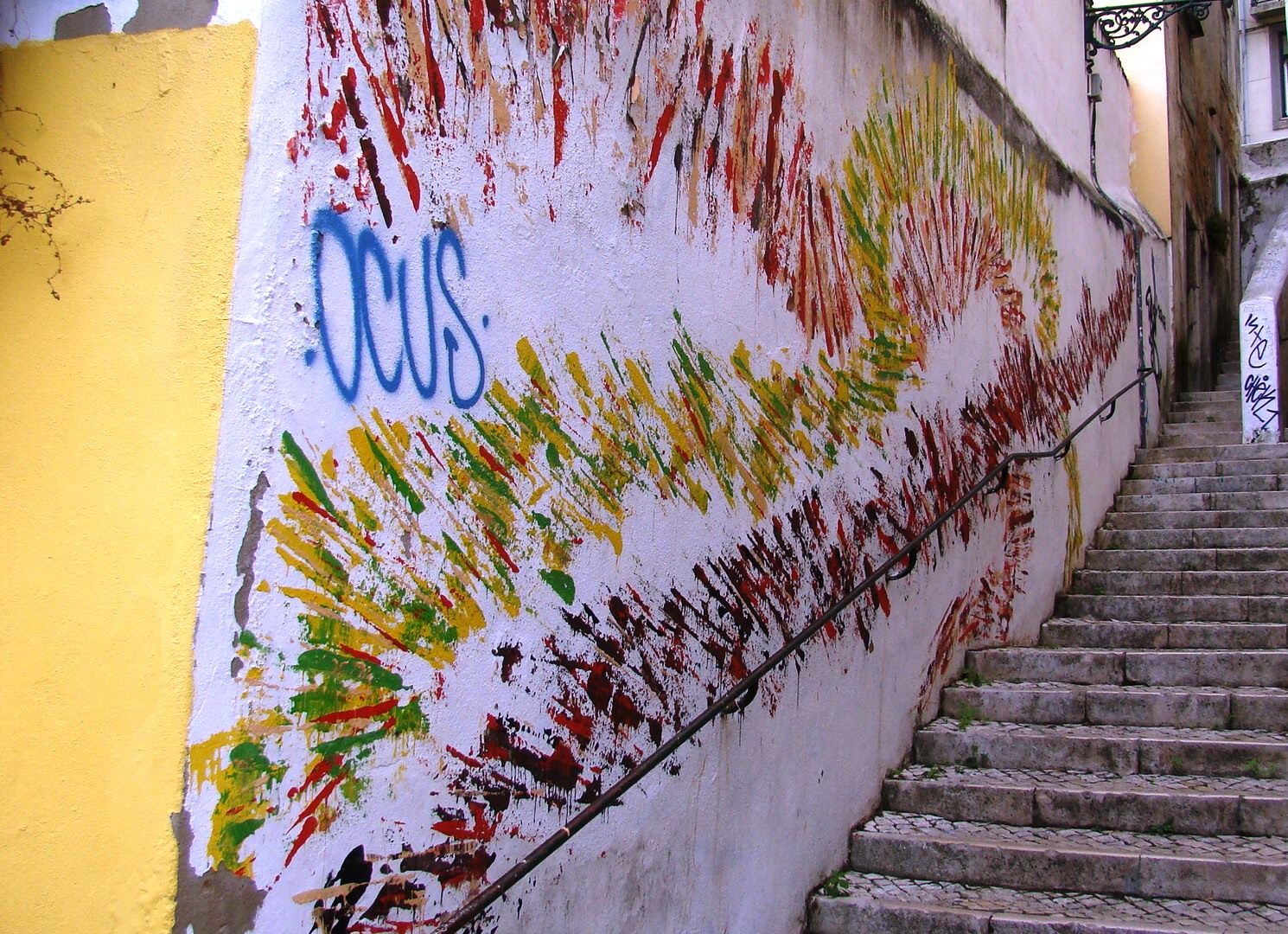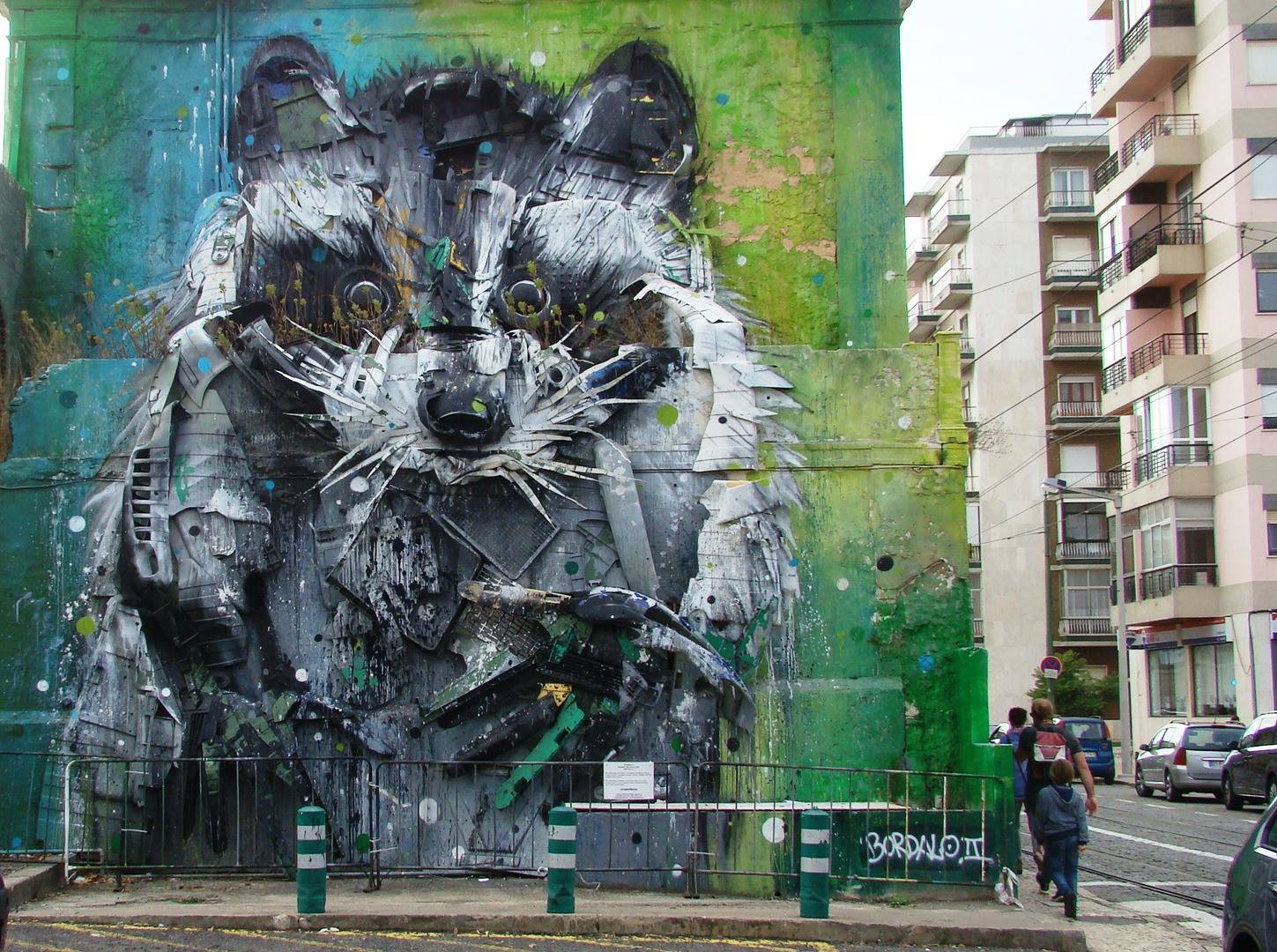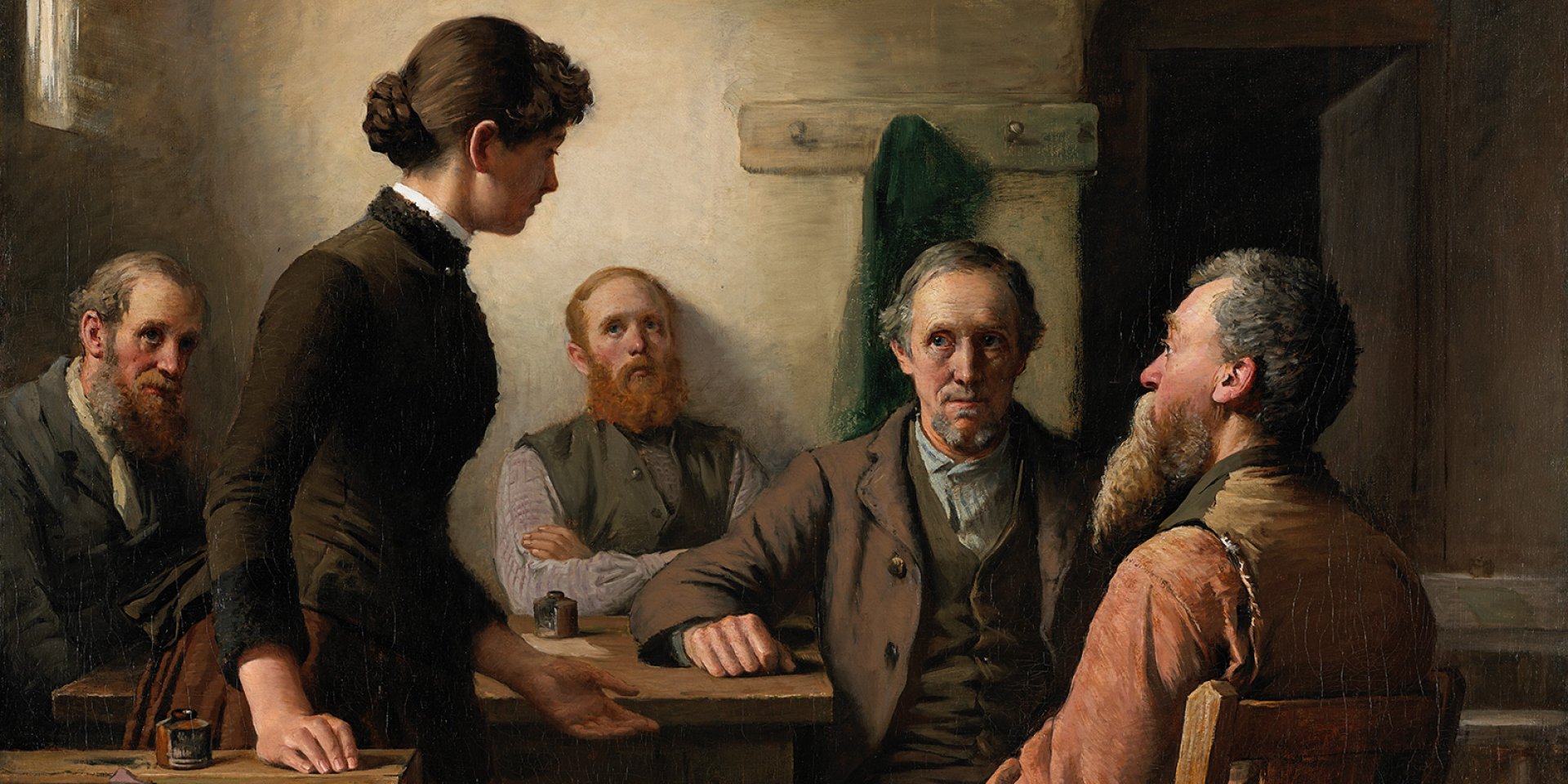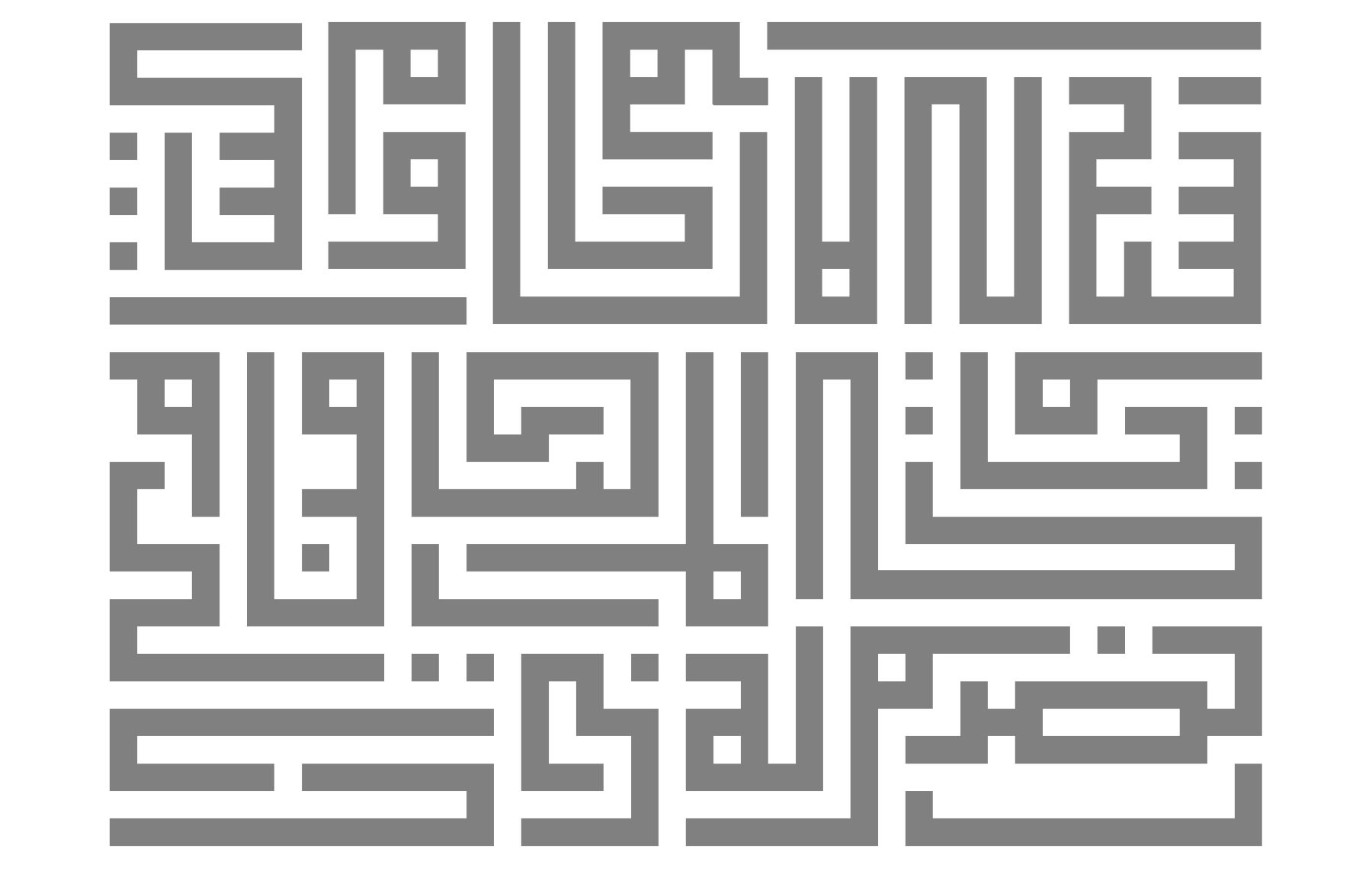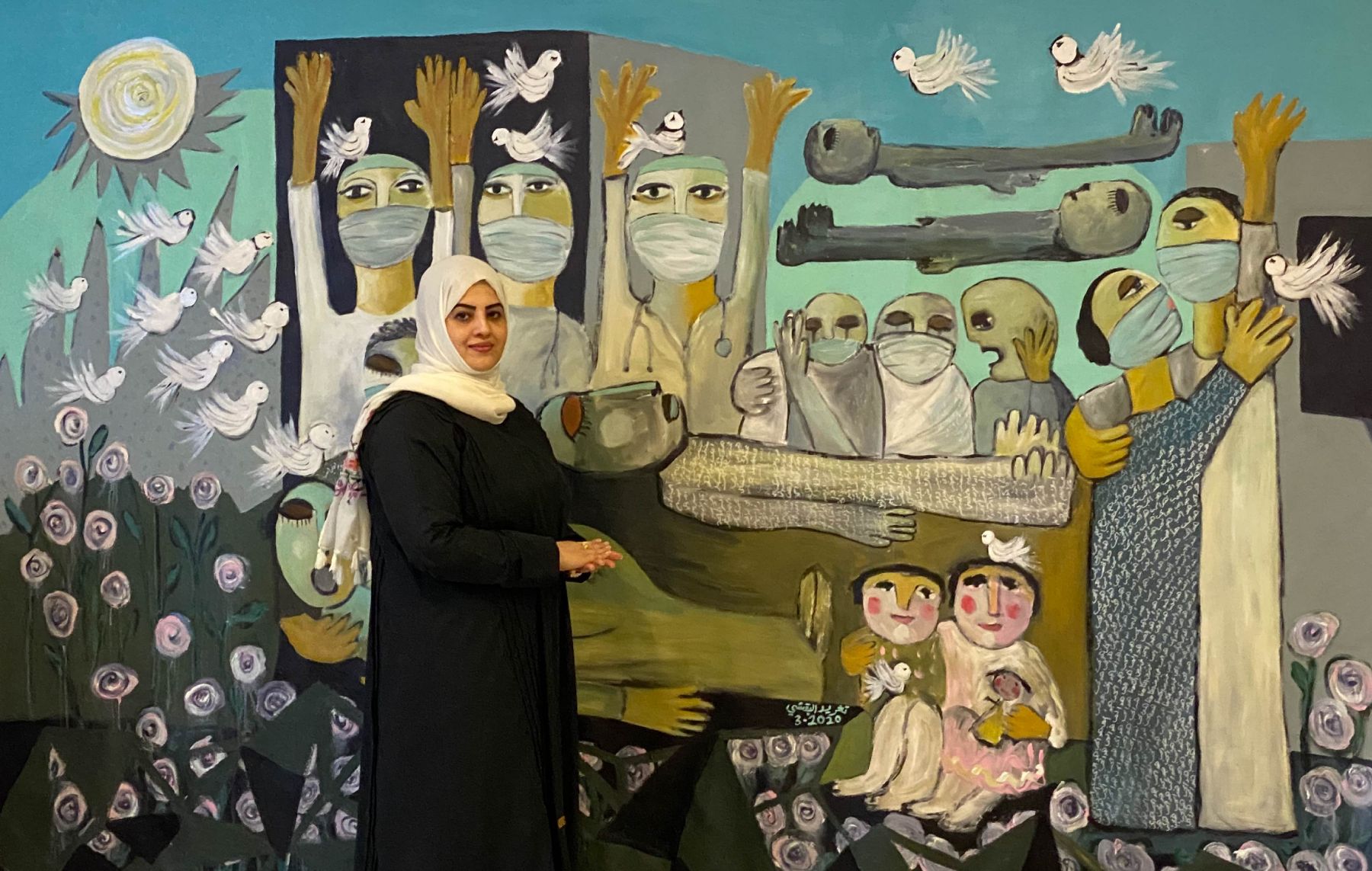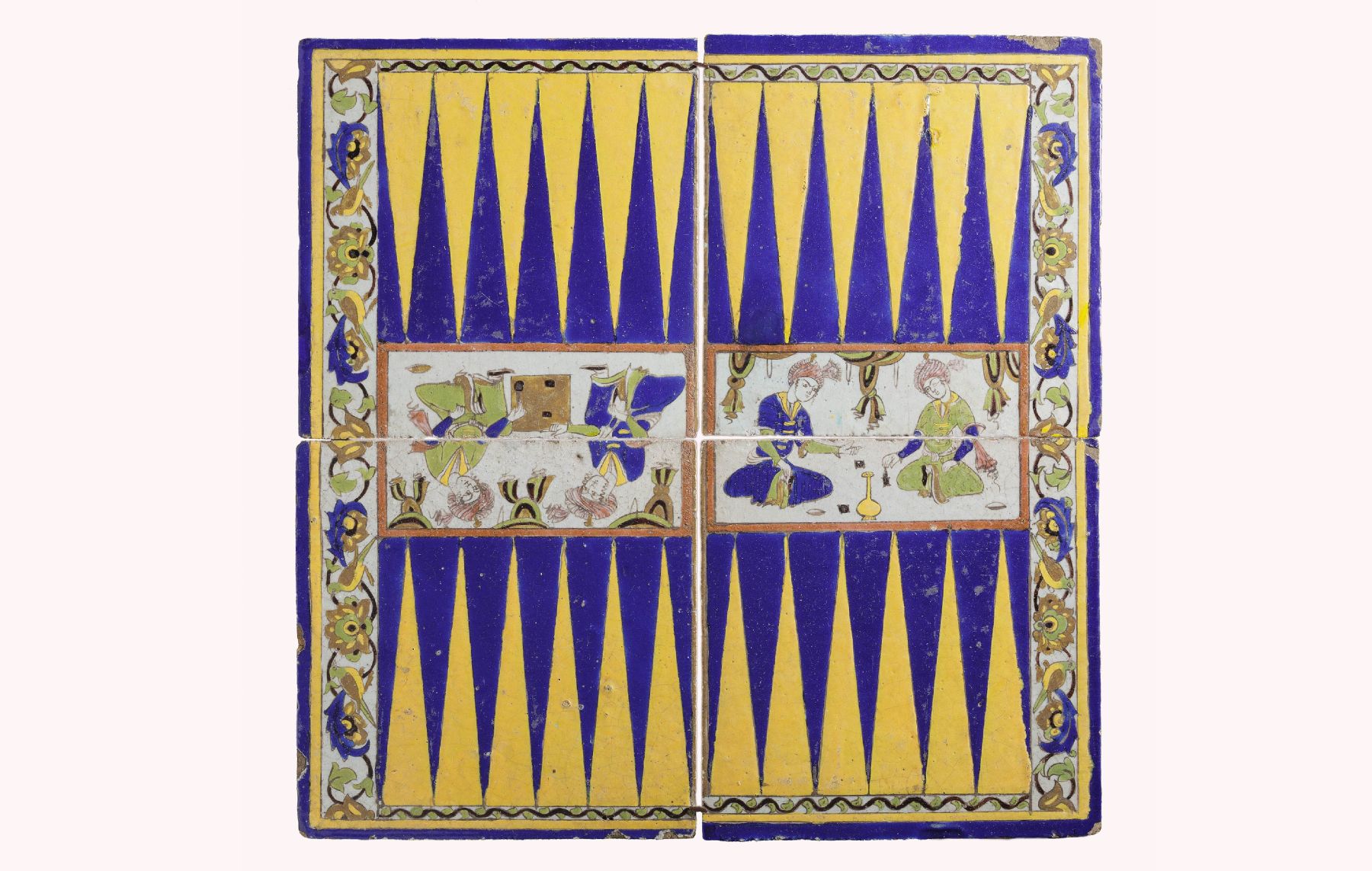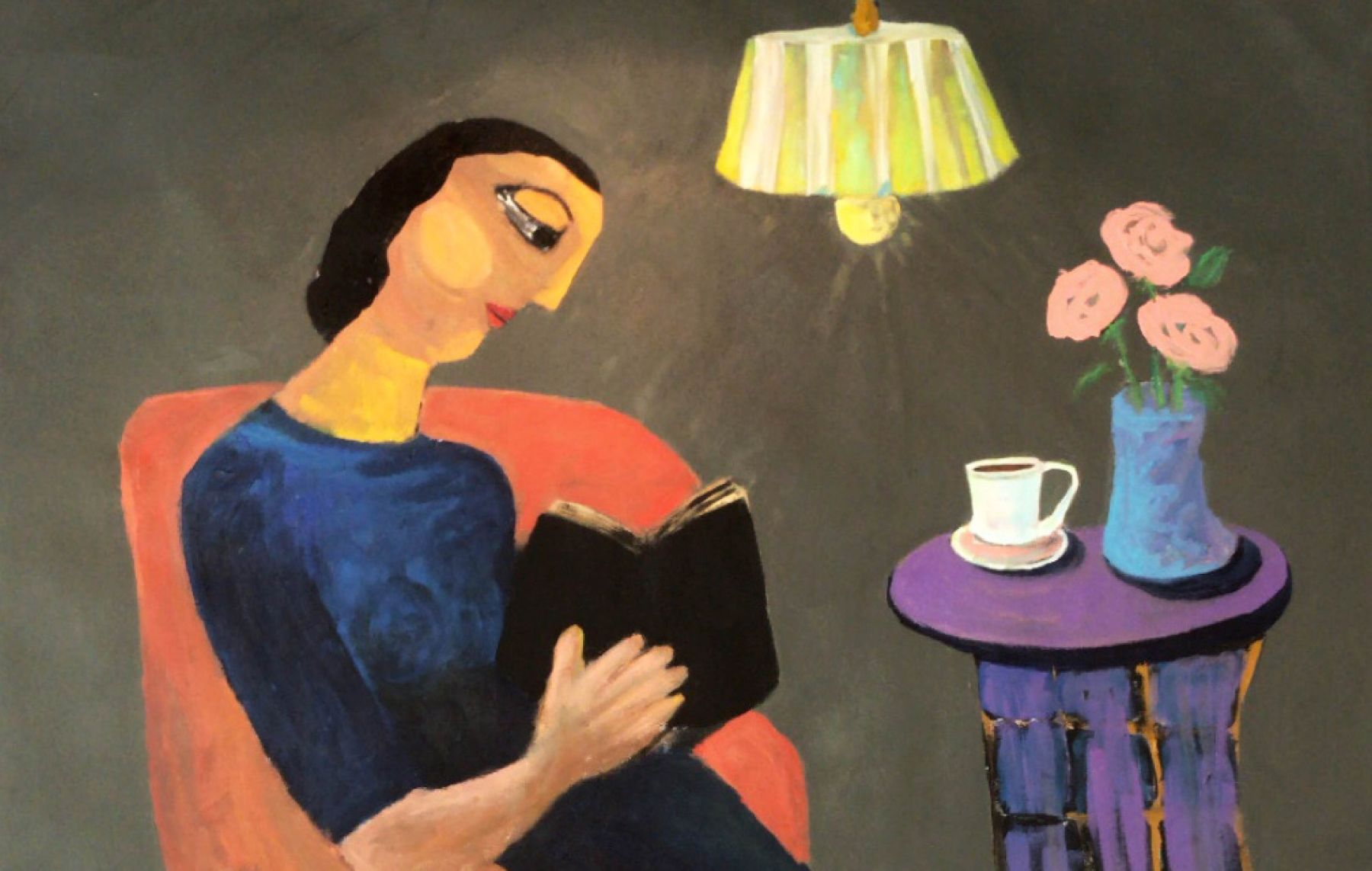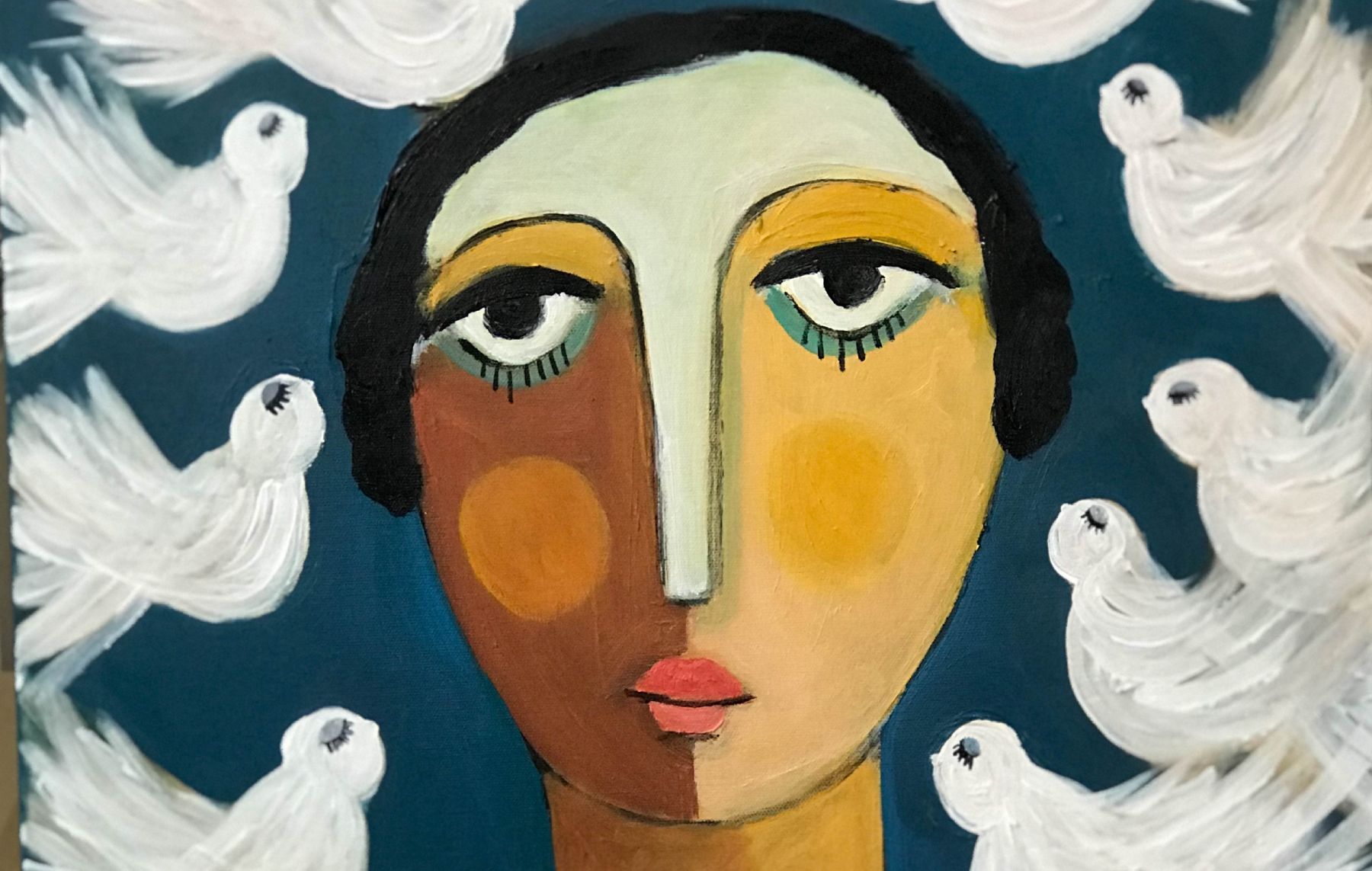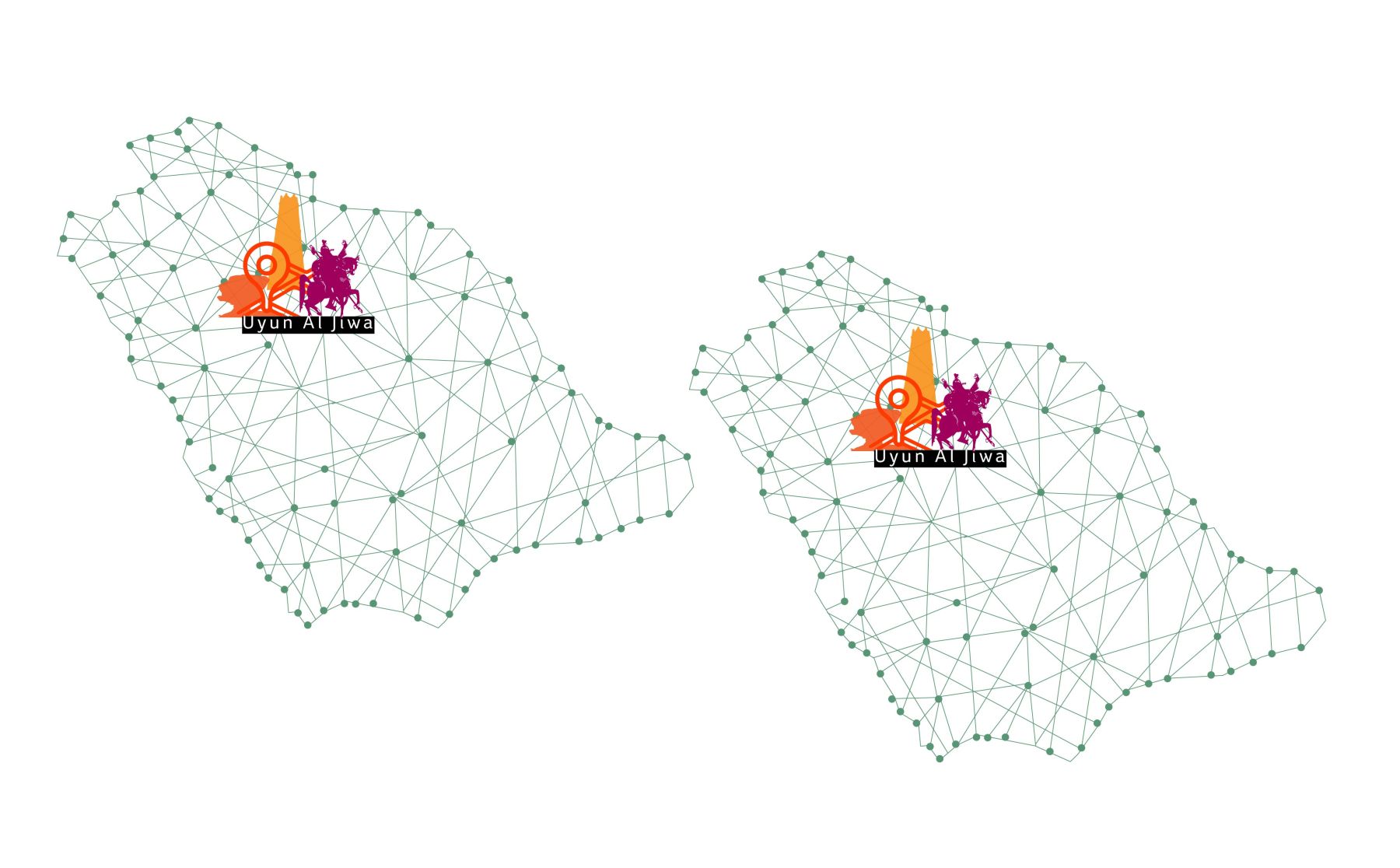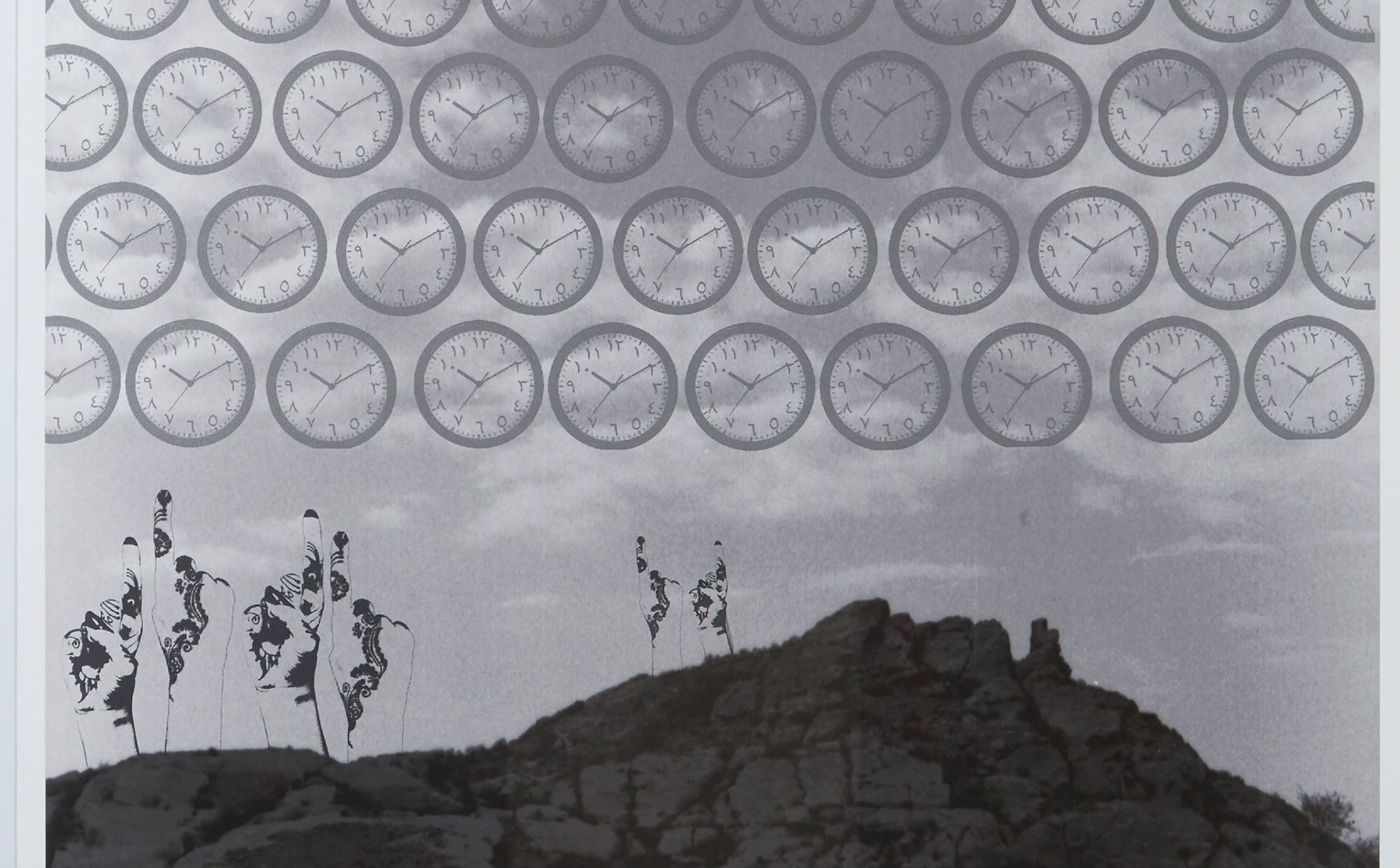“Art, it has been said, is beauty, and a thing of beauty is a joy forever….”
—C.G. Jung (1875-1961) founder of analytical psychology
Most of us think of art as mere decorative elements on a wall or table; but the psychological benefits of varied art forms - be they spoken, written, painted, sculptured or otherwise - are being increasingly investigated and appreciated. Recognized as beneficial to the human condition by ancient philosophers, today’s science is ascribing numbers to those benefits and has concluded: Art does evoke joy.
Art has played many roles across history; a measure of social status, a banker’s investment, a reflection of the nouveau riche’s ambitious ego, my mother’s hobby, urban renewal, and many a struggling student’s preoccupation. Art of all forms arouses emotion and thoughts, as well as mirrors the human condition, be it social or individual.
As art serves to represent our inner world, therefore prescriptions for full, joyful lives through art can be encouraged. But, how and through what mechanisms?
A review of 15 longitudinal studies (Gordon-Nesbitt/Arts for Health, 2015) showed that attending high-quality cultural events had a ‘positive impact’ on cancer and heart disease, as well as life expectancy. Galleries have harnessed this effect into ‘Prescription Art’ programming for patients suffering from Alzheimer’s and dementia for example. Positive effects on depression and anxiety are also common (Ander et al., 2013; Colbert, Cooke, Camic, & Springham, 2013).
The performing and visual arts, literature, and singing contribute as well. Daykin et al.’s (2016) meta-analysis found strong support for the positive effects of music, which extended to playing instruments, taking part in group singing, and listening to it, on measures of quality of life in the elderly, as well as loneliness, anxiety and depression. Beyond emotion and thought, art reflects the ordinary, ridiculous and banal.
Quantifying the relationship between mental health and the arts showed that past a minimum threshold level of 100 hours or more per year of arts engagement, individuals indeed reported greater wellbeing (Davies, Knuiman, & Rosenberg, 2016). A mere two hour a week engagement suggests that a participatory and appreciative life and love of the arts is impactful. The act of anticipating, attending, socializing, belonging to something bigger than one’s self that is meaningful and intellectually stimulating and where learning is possible, indeed matters.
“Art enables us to find ourselves and lose ourselves at the same time,”
Thomas Merton (1915-1968) monk, artist and scholar
A new field called museopathy, the handling and visiting of museum objects (Thomson, Ander, Menon, Lanceley, & Chatterjee, 2011), is also increasingly being used. Initially developed for patients with depression, this form of transformative insight can be used by anyone. It entails a guided visit to a museum where purposefully selected artifacts of human value, i.e., a woman’s hair comb from the Renaissance era, a chipped handcrafted wooden spoon, or a soldier’s bow, are made available to a small group of willing participants. With a facilitator to guide the event, insightful questions are asked around these artifacts to raise personal issues, develop meaning, and gain perspective.
The goal is to connect with historical unknowns, people who lived in a different place and time, and who emotionally suffered just like us today despite differences in time, civilization, and geography. These moments can bring tremendous relief in knowing that even the queens of yesterday felt jealousy, shame, and despair. These liberating realizations paradoxically bring joy as they free individuals from their isolation and bind them to the human connection we all share.
While numbers and research are impressive, what are we to make of this information? What might a recipe for joyful living entail? Modern-day philosopher Alain de Botton, posits that the arts serve a noble purpose, simply to reflect us back to ourselves.
Have you ever experienced a range of fragmented emotions while walking through a hall of unremarkable scenes of human faces engaging in mundane acts, a vagrant washing clothes by a river, a young woman looking out a farmhouse window, or a man trotting on a horse? Such dull scenes speak to us; they document and expose unconcealed joys, new loves, overwhelming sadness, insecurities, and optimism, all with the aim of reassuring its viewers that what they feel is universal and endurable.
Beyond such comfort, art allows us to remember previous joys, inspirations, moods, moments, even laughter from disjointed memories. Art can destabilize us emotionally, a visceral reaction to a depiction of violence is difficult to reconcile with a tender painting of a son and father. We are forced to mentally choose and reorganize our inner worlds in ways that make it right again, where beauty triumphs ugliness. Art pulls us to feel all of our emotions and understand ourselves.
Those art pieces on the walls of your home, what do they say about you? How about those on public walls? Are they simply functional and cover a poor-quality building façade, or can art be used to brighten the lives of pedestrians too?
On a recent trip to Portugal, I encountered much to my delight and surprise, impromptu expressions of urban space reclamations and hope through bursts of color, frenergetic (art provokes new vocabulary too!) paint brushings and markings, and vivacious, un-orderly designs. One would have expected this individual to have plied this art quickly, masterfully, as if to say: “Ha! I can graffiti, only better, and with the blessings of my neighbors. Only the happy and proud live here!” It’s the messiness of life that one wants to see.
Photo 1. Lisbon, Portugal. Urban art, anonymous (Photo taken by author).
On another street corner: “Boo! Wake up - life is fun, a raccoon told you.” Art evokes a sense of playfulness and wonder; it also prompts the question: who made this and more importantly, why? A random bet? Lack of sleep? An afternoon’s Frisbee game that ended with a raccoon attack? Those who make art and their motivations are just as mysterious. The questions intuited would have been lost in the face of a plain green wall. Art must be everywhere.
Photo 2. Lisbon, Portugal. Urban art, anonymous (Photo taken by author).
Must you be an art critic or a patron to appreciate art? Not at all. To use art to its full capacity, you need only have confidence in your own experience and rely on what others proclaim merely as a point of interest versus fact. There is no one way to interpret art. Try it below with this painting.
Robert Harris, A Meeting of the School Trus-tees (Detail), 1885, oil on canvas, 102.2 x 126.5 cm. Purchased 1886. National Gallery of Canada.
Imagine you are there in front of this scene; what do you feel and emotionally experience? Annoyed, playful, awkward, a sense of affinity, embarrassed?
What does this moment remind you of? A person, event, a story you heard of, or a dream – or daydream - you once wish you’d had?
What is it you feel like suddenly doing? Explore and create; finish and leave quickly; go and have lunch, stay and ask more questions, dig deeper and find a name for your feeling?
If you were a biographer, what would you want to know about the artist? Was it a man or woman? Did you assume it was male? Why? What reasons prompted this scene? Did someone pay for it and what were they hoping to achieve through it?
Who do you think might love this painting; who do you suppose might hate it and why?
When you turn away from it, what thoughts or ideas are left working on you?
Art is there to lift our spirits as much as to upset us. That is joyful living, one where the range of all our emotions has a safe home and can find its own freedom of voice, meaning, and intensity. When is the last time you went to a gallery? A post COVID-19 lockdown gallery visit might be the time to wake up your emotions all over again.
Like an unpredictable friend, art is sure to teach and challenge. Like an unknown community, it is also there to share and state its identity and priorities, greeting you in exchange. Art is often positioned as an interest of the elites; but in reality, it is there for all, and it reveals the most intimate secrets of us all, for nothing more than the cost of a momentary life pause.
Connect and let me know which art piece spoke to you and why. Find me here at: https://www.linkedin.com/in/dr-louise-lambert-89434927/ and www.happinessmatters.org for more programming on happiness and joy.
Written by Special Guest Contributor:
Dr. Louise Lambert is a Canadian psychologist based in Dubai. She develops, delivers, and evaluates positive psychology/positive education intervention programs for organizations and schools across the Gulf Cooperation Council region. She has several peer-reviewed publications, some of which have been featured in recent RAND Corporation and World Happiness Reports (2019). Her research areas include culture and happiness, the development of character strengths for greater PISA scores and employment outcomes for young adults, as well as the use of positive psychology interventions for greater subjective wellbeing in the workplace. Since 2015, she has been the Editor of the Middle East Journal of Positive Psychology. She is also the author of the first regional textbook in positive psychology (Springer, 2019).


